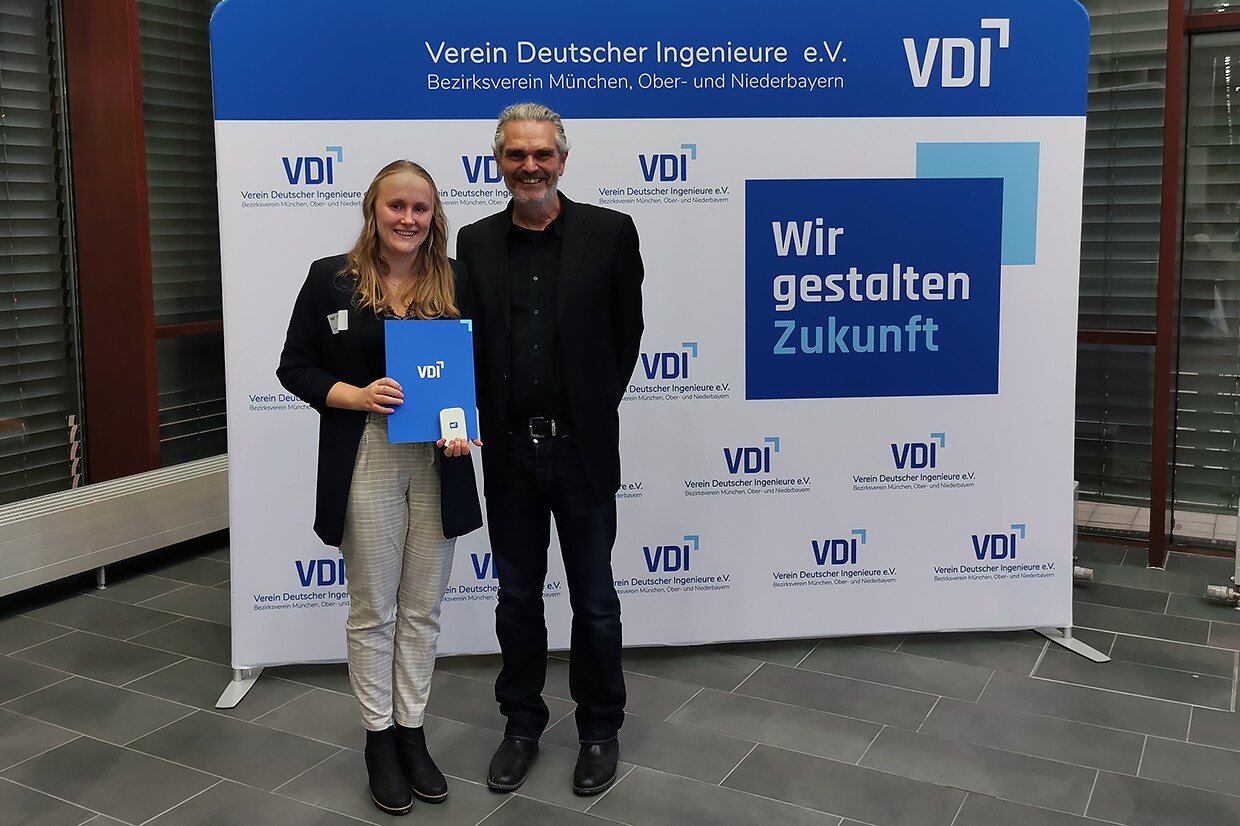Wine has been sold in glass bottles since the 17th century. While the first of them were still black, more colours like green and brown have been added over time. And several different bottle shapes have also been created. The various designs in common use today frequently denote the region where a wine is grown or the type of wine the bottle contains. Typical examples include the Franconian Bocksbeutel, the Burgundy and hock bottles as well as the best-known and most used bottle shape: the Bordeaux bottle.
While working on her bachelor’s thesis at Krones, Cornelia Braun, a student at Ingolstadt University of Applied Sciences, examined the question of how the transport of wine bottles can be rendered more sustainable and more efficient. Her answer is: Use PET. Mario Casper, who has specialised in PET container design at Krones and mentored Cornelia Braun while she wrote her bachelor’s thesis, describes the current market situation as follows: “While this idea is in Germany still viewed with a certain degree of skepticism, it has meanwhile become common practice in other countries like France, Spain and Italy where supermarkets are already offering wine in PET bottles.”


